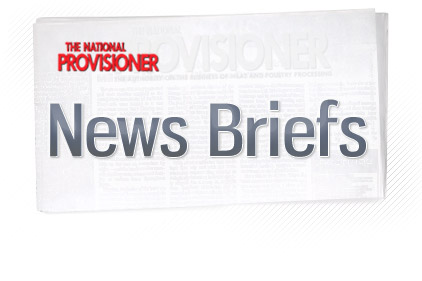The USDA reported last week that there about 91 million head of cattle in the United States, a decrease of 2 percent from a year ago and the smallest cattle herd since 1952. The shrinking supply is expected to lead to a 4% to 5% increase in the price of retail beef, after a 10% increase in 2011, reports USA Today.
John Nalivka, owner of consulting firm Sterling Marketing, estimates prices could rise as much as another 10% — more than double the inflation rate for all food.
The most severe drought in more than half a century last year left ranchers in Texas, Oklahoma and other states with meager supplies of grass and water to feed their cattle. Many animals were sold to feedlots or slaughterhouses.
The crisis added to a long-term trend of ranchers thinning their herds because of the soaring price of corn — a primary feedstock for cattle — rising property costs and increased competition for land with corn, soybeans and other crops, says Kevin Good, a senior analyst at research firm CattleFax.
At the same time, U.S. beef exports jumped about 22% last year on surging demand from Canada, Japan, South Korea and Hong Kong, Agriculture says. Helping fuel the increase was a falling dollar that made U.S. shipments less expensive for foreign buyers.
The combination of low supplies and strong foreign demand lifted cattle prices despite falling U.S. consumption, Nalivka says. Live cattle prices hit a record $1.26 a pound last week, up 20% the past year.
Yet neither meat packers nor retailers have been able to pass the entire cost increase to their customers. Nalivka predicts packers will collectively lose $312 million this year. And with unemployment still at 8.5%, consumers may resist further big price increases, he says.
Source: USA Today





